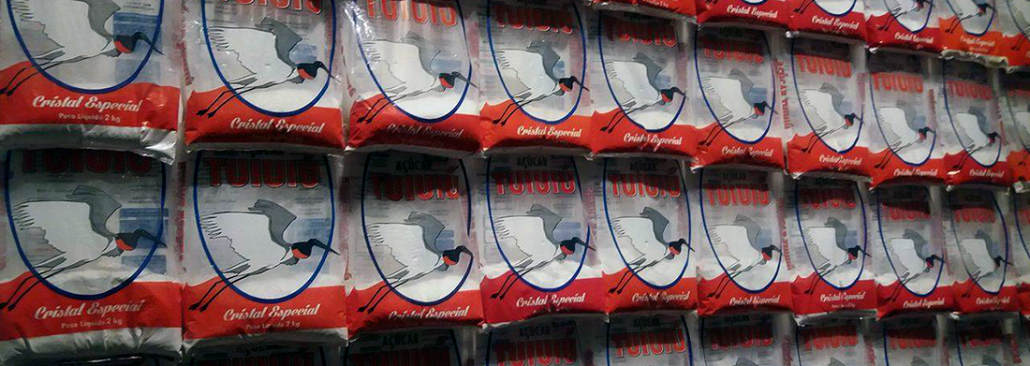Cuiabá, 1961
The work of Gervane de Paula questions the circulation of popular icons from the folksy repertoire of Brazil’s Mato Grosso state. The artist looks at the dynamics that attribute value to these symbols and how they can be appropriated by the market and tourism, and even be conscripted into a regionalist discourse. De Paula turns a critical, humorous gaze toward the way an exoticized image is spun for the Pantanal wetlands. Instead of the natural bounty, he depicts the region’s darker underbelly, with pasture consuming wild biomes and rampant drug-trafficking spreading its violence and waste throughout the state, but especially along the border with Bolivia. He also reflects on the art market and how the traditional models and themes of the region’s crafts are replicated and consumed like trinkets from a souvenir store.
In the wooden objects and sculptures that make up Mundo animal [Animal Kingdom], De Paula wrangles with issues inherent to the region and its symbols, such as the visual omnipresence of the jabiru stork in local logos and advertising. In one of his pieces, a mincer chews up a number of jabirus in front of some packs of sugar that depict the bird on the front. The jabiru returns in another installation consisting of a shelf that juxtaposes the typical souvenir fare—jaguars, alligators and typical regional fruits—with an outsized crack pipe. Inside the pipe, instead of crack rocks, we see various jabiru storks, ready to be burned.
[O.A.]
Obras
Mundo animal. Uma droga de arte!, 2017
cola, souvenir, artesanato em madeira, tinta óleo







